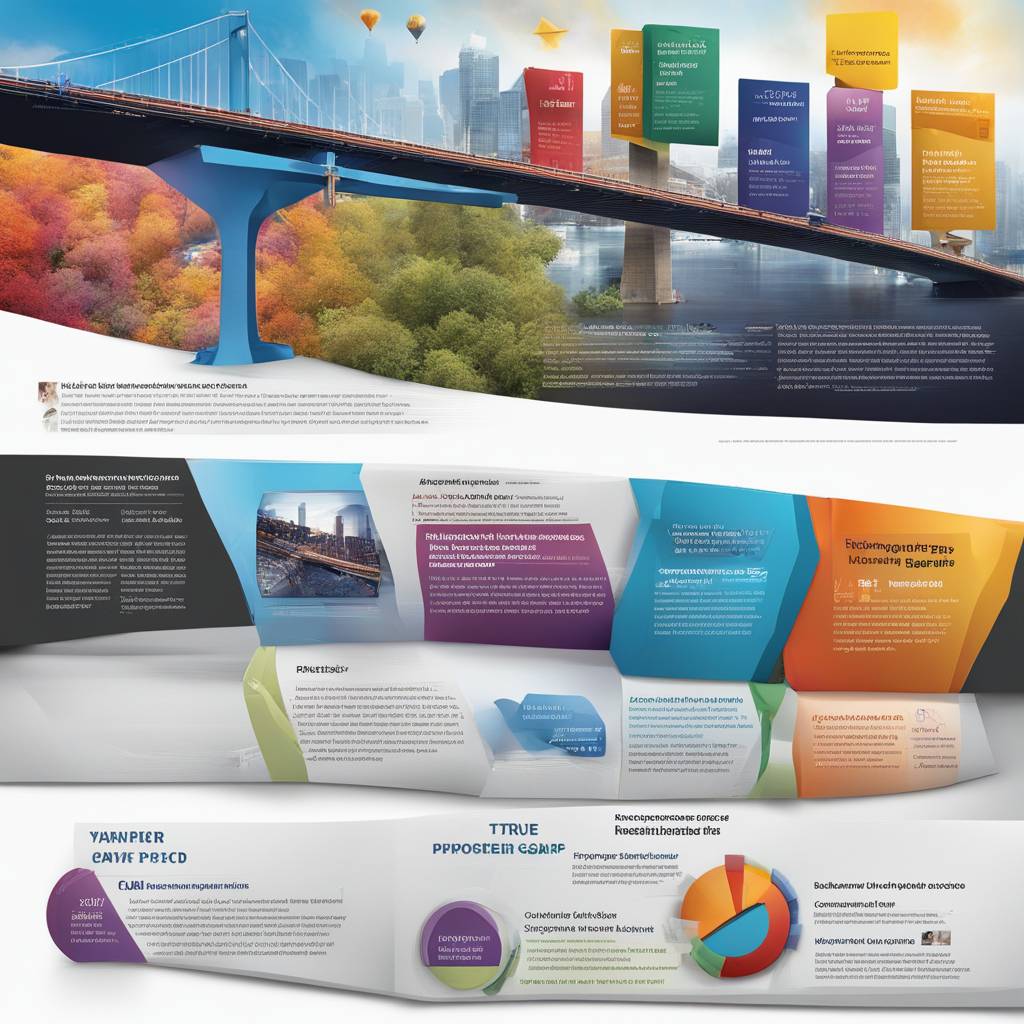A recent survey indicated that there has been a significant increase in consumers choosing brands based on shared values between 2013 and 2021 in the U.K., France, and the U.S., demonstrating the growing demand for purpose-driven brands that reflect consumers’ values and beliefs. However, companies that embrace thought leadership without fully integrating their stated purposes into their operations risk creating a “purpose gap” that may lead to inconsistent messaging. Marketers engaged in thought leadership can effectively close this gap by aligning their brand’s actions with its communicated values, enhancing credibility, trust, and connection with consumers.
The impact of having a purpose in business goes beyond profit and defines a company’s core motivation. Modern consumers tend to prefer brands with a clear, actionable purpose, as they are more likely to endorse and buy from these companies. Embedding a brand’s purpose into its marketing strategy can boost consumer trust and loyalty through transparent communication, aligning products and services, and showcasing tangible impact through storytelling, thereby transforming indifferent consumers into enthusiastic supporters.
Incorporating purpose into marketing strategies is now crucial in meeting current marketing needs, and it greatly enhances consumer trust. This presents an opportunity for thought leadership marketers to integrate authentic purpose into their messaging, boosting their brand’s attractiveness and resonating with consumers. Content marketing that mirrors the company’s values can also build trust and promote investment in products or services, but brands prioritizing thought leadership may need to pay more attention to the importance of purpose in content creation to truly engage with their audience.
Business leaders should identify optimal moments and platforms to engage their audience with the company’s purpose and enhance its presence in thought leadership materials. Collaboration with marketing and sales colleagues is key to seamlessly integrating the company’s purpose in content to complement other objectives like boosting brand visibility, showcasing offerings, and nurturing leads. By authentically incorporating a company’s purpose into all forms of content, thought leadership marketers can align with consumer expectations and leverage purpose as a tool for fostering brand loyalty and advocacy.
A recent study conducted for BrandPie’s 2023 CEO Purpose Report highlights that CEOs increasingly recognize the strategic importance of purpose in driving business decisions and building consumer trust. However, the challenge lies in making purpose actionable and relevant across the organization. To effectively bridge the purpose gap in thought leadership efforts, marketers must weave their organization’s core intentions and goals into their content, engaging with their audience and team for insights, and applying data analytics to track the effectiveness of purpose-driven initiatives. This comprehensive approach aligns corporate values with marketing strategies and improves credibility, trust, and brand authority. Companies can learn from examples like Google, which demonstrates how to apply purpose in thought leadership by aligning content with its mission to make information universally accessible and useful.
Overall, embracing purpose in thought leadership strategies is increasingly important in meeting consumer expectations and enhancing brand credibility and trust. By authentically incorporating a company’s purpose into all forms of content, thought leadership marketers can engage with their audience, inspire consumer loyalty, and boost brand advocacy effectively.















